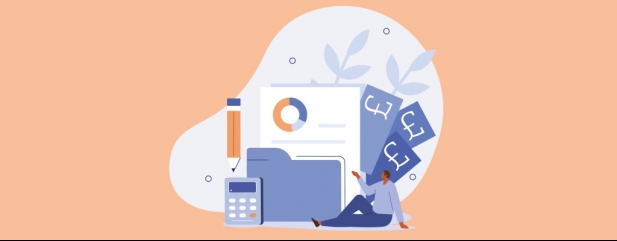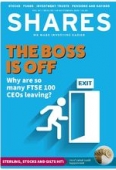Archived article
Please note that tax, investment, pension and ISA rules can change and the information and any views contained in this article may now be inaccurate.
What's the downside of moving from capped to flexible drawdown?

I was planning to flip from capped drawdown to flexible drawdown to boost my income. However, my income review is due in October and the GAD rate has increased to 3.25%. I still think I’d like the extra flexibility, but are there any downsides?
Lucy
Tom Selby, AJ Bell Head of Retirement Policy, says:
The GAD rate is set by the Government Actuaries Department and is designed to reflect the healthy annuity rate available in the market at different ages. The rates are updated monthly, and their purpose is to determine the amount someone in ‘capped drawdown’ can take each year as income.
Before the pension freedoms were introduced in 2015, there were two drawdown options – flexible drawdown and capped drawdown. Flexible drawdown is essentially what everyone has now from age 55, but pre-freedoms you had to have a minimum level of guaranteed income to qualify.
Those who didn’t reach the minimum income requirement could still enter drawdown, but the income they could take each year was capped. Most people didn’t reach the minimum income requirement before the freedoms were introduced, so this was the most common form of drawdown back then.
The capped drawdown income cap is set with reference to the GAD rate. There are people still in capped drawdown today, and so the GAD rate remains relevant to them. The maximum income someone in capped drawdown can take is reviewed every three years before age 75, and annually post-75.
The maximum income someone can take is 150% of the GAD rate at the time of the review. The amount you can take varies depending on age – these are the relevant tables.
Take a 65-year-old with a £100,000 fund in capped drawdown and a GAD rate of 3.25% (the rate set for October 2022). The GAD tables show a 65-year-old can take £61 per £1,000 of fund in drawdown. The calculation to use is (£100,000/£1,000) x £61 = £6,100. Multiply that by 150% to get the max income they can take under capped drawdown: 150% x £6,100 = £9,150.
One reason to stay in capped drawdown is that taking an income this way doesn’t count as flexibly accessing your pension, so it doesn’t trigger the money purchase annual allowance. You can take taxable income up to your capped drawdown limit and retain a £40,000 annual allowance. In flexi-access drawdown, taking even £1 of taxable income will trigger the MPAA.
If you exceed your capped drawdown income cap you flip into flexi-access drawdown. You can change your drawdown to flexi-access drawdown by speaking to your provider or transferring to a new provider. Capped drawdown is no longer available for anyone accessing their benefits for the first time, and once you switch out of capped drawdown you can’t go back.
DO YOU HAVE A QUESTION ON RETIREMENT ISSUES?
Send an email to asktom@sharesmagazine.co.uk with the words ‘Retirement question’ in the subject line. We’ll do our best to respond in a future edition of Shares.
Please note, we only provide information and we do not provide financial advice. If you’re unsure please consult a suitably qualified financial adviser. We cannot comment on individual investment portfolios.
Important information:
These articles are provided by Shares magazine which is published by AJ Bell Media, a part of AJ Bell. Shares is not written by AJ Bell.
Shares is provided for your general information and use and is not a personal recommendation to invest. It is not intended to be relied upon by you in making or not making any investment decisions. The investments referred to in these articles will not be suitable for all investors. If in doubt please seek appropriate independent financial advice.
Investors acting on the information in these articles do so at their own risk and AJ Bell Media and its staff do not accept liability for losses suffered by investors as a result of their investment decisions.

 magazine
magazine








